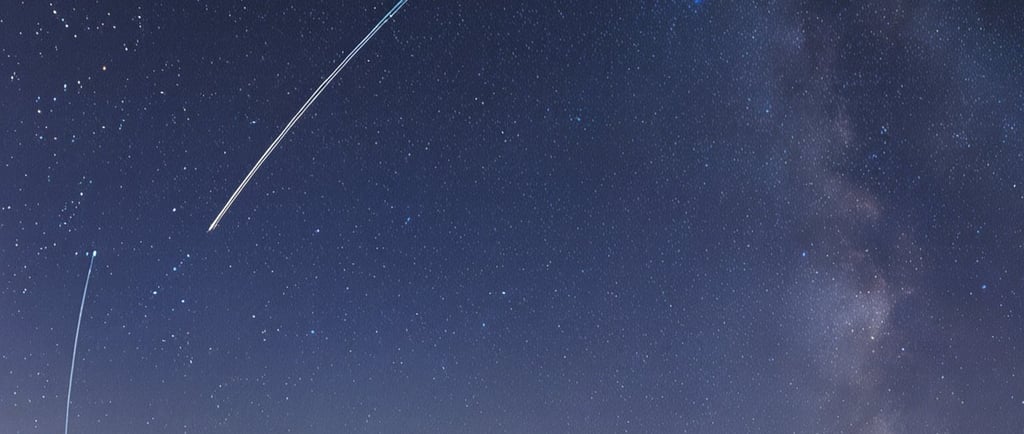The Spectacular Quadrantids Meteor Shower: A Yearly Shower in January


Understanding the Quadrantids Meteor Shower
The Quadrantids, an annual meteor shower, take center stage in the celestial calendar, particularly during its peak in early January. As the Earth passes through the debris left by the comet 2003 EH1, observers are treated to a magnificent display of shooting stars. This meteor shower is particularly known for its vibrant fireball meteors that light up the night sky, creating a stunning experience for skywatchers.
Peak Viewing Time and Characteristics
The Quadrantids peak can be incredibly fleeting, lasting only a few hours, which makes it a unique event for astronomy enthusiasts. The brevity of this peak is largely influenced by the shower's thin stream of particles. As the Earth intersects these particles at a perpendicular angle, the window for viewing remains limited. During the peak, conditions may allow for as many as 60 to 200 meteors to streak across the sky each hour, provided the weather permits clear visibility.
The Allure of Fireball Meteors
One of the distinguishing features of the Quadrantids is the occurrence of fireball meteors. Unlike typical meteors that may only last for a brief moment, fireballs are spectacular bursts of light and color, often persisting longer than ordinary meteor streaks. This phenomenon occurs when larger debris enters the Earth’s atmosphere, resulting in a more dramatic and colorful explosion. Such events captivate audiences and leave lasting impressions on those fortunate enough to witness them.
For anyone interested in stargazing, the Quadrantids present a wonderful opportunity to experience one of the best meteor showers of the year. As January approaches, gathering in open spaces away from light pollution can enhance the chances of experiencing this celestial spectacle. Remember, witnessing the Quadrantids is not just about the numbers; it’s about the beauty and wonder these meteors bring to the night sky.
